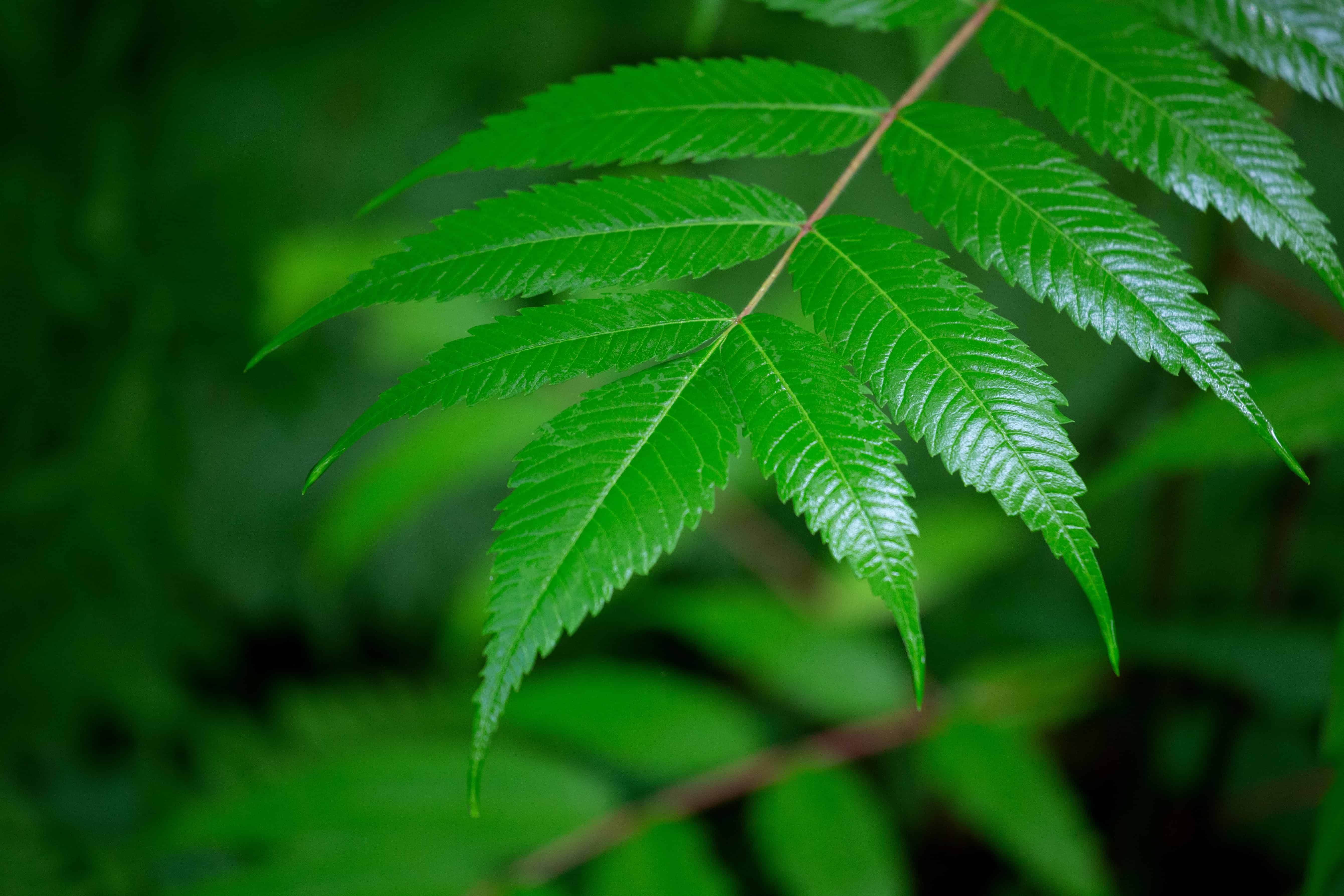Seed Coating: a Tool for Delivering Beneficial Microbes To Agricultura…
페이지 정보

본문
 Plant useful microbes (PBMs) are thought of to be a pure alternative path to ease the stress on the surroundings ensuing from standard farming. Seed inoculation has been considered as a precise and cost-efficient method to deliver microbial inoculants (Ehsanfar and Modarres-Sanavy, 2005; O’Callaghan, 2016), with the potential for large-scale utility. Seed coating is a technique in which an lively ingredient (e.g., microbial inoculant) is utilized to the floor of the seed with the assistance of a binder and in some cases a filler that can act as a service. Seed coating has been proposed as a promising instrument for inoculation of different crop seeds, since it is in a position to make use of minor quantities of inocula in a precise utility (Jetiyanon et al., 2008; Oliveira et al., 2016a; Rouphael et al., 2017; Accinelli et al., 2018a; Accinelli et al., 2018b; Rocha et al., 2019a; Rocha et al., 2019b). The main varieties of seed coatings embrace seed dressing, movie coating, and pelleting, which could be chosen otherwise, in keeping with the purpose of application and the type of seed or selected microbes.
Plant useful microbes (PBMs) are thought of to be a pure alternative path to ease the stress on the surroundings ensuing from standard farming. Seed inoculation has been considered as a precise and cost-efficient method to deliver microbial inoculants (Ehsanfar and Modarres-Sanavy, 2005; O’Callaghan, 2016), with the potential for large-scale utility. Seed coating is a technique in which an lively ingredient (e.g., microbial inoculant) is utilized to the floor of the seed with the assistance of a binder and in some cases a filler that can act as a service. Seed coating has been proposed as a promising instrument for inoculation of different crop seeds, since it is in a position to make use of minor quantities of inocula in a precise utility (Jetiyanon et al., 2008; Oliveira et al., 2016a; Rouphael et al., 2017; Accinelli et al., 2018a; Accinelli et al., 2018b; Rocha et al., 2019a; Rocha et al., 2019b). The main varieties of seed coatings embrace seed dressing, movie coating, and pelleting, which could be chosen otherwise, in keeping with the purpose of application and the type of seed or selected microbes.
 In this review, we thought-about seed coating as any method through which the seed surface is lined by materials (solid or liquid containing dissolved or suspended solids) forming a kind of continuous layer (physical barrier). Applications without the aim of seed protecting, which only comprise using microbial inoculants lacking some other compounds reminiscent of fillers/carriers or binders, like bacterization by seed immersion in a bacterial suspension (seed soaking) have been thought of as seed treatments but not seed coating. Here, revealed analysis on microbial inoculants applied by way of seed coating is reviewed, with the intention of evaluating the effectiveness of seed coating as a supply system for microbial formulations and their effects on agricultural crops. New analysis opportunities and future prospects are additionally highlighted. Microorganisms that profit plant institution, progress, and improvement by direct or indirect mechanisms are generally known as PBM. This review largely focuses on two major groups of soil microorganisms, micro organism and fungi, notably on plant growth-selling micro organism (PGPB), arbuscular mycorrhizal (AM) fungi, and Trichoderma, as a result of their significance as microbial inoculants in agroecosystems.
In this review, we thought-about seed coating as any method through which the seed surface is lined by materials (solid or liquid containing dissolved or suspended solids) forming a kind of continuous layer (physical barrier). Applications without the aim of seed protecting, which only comprise using microbial inoculants lacking some other compounds reminiscent of fillers/carriers or binders, like bacterization by seed immersion in a bacterial suspension (seed soaking) have been thought of as seed treatments but not seed coating. Here, revealed analysis on microbial inoculants applied by way of seed coating is reviewed, with the intention of evaluating the effectiveness of seed coating as a supply system for microbial formulations and their effects on agricultural crops. New analysis opportunities and future prospects are additionally highlighted. Microorganisms that profit plant institution, progress, and improvement by direct or indirect mechanisms are generally known as PBM. This review largely focuses on two major groups of soil microorganisms, micro organism and fungi, notably on plant growth-selling micro organism (PGPB), arbuscular mycorrhizal (AM) fungi, and Trichoderma, as a result of their significance as microbial inoculants in agroecosystems.
Bacteria are, by far, the most plentiful microorganisms current in the rhizosphere (Kaymak, 2010). Various genera of micro organism (e.g., Azospirillum, Azotobacter, Pseudomonas, Bacillus and Burkholderia) comprise species which have optimistic effects on plant development and growth. Other important PBMs are AM fungi and Trichoderma. As widespread free-residing fungi in the rhizosphere and soil, Trichoderma spp. Metabolites released throughout plant - zandertxig65544.blue-blogs.com,-Trichoderma interaction (see Contreras-Cornejo et al., 2016 for an in depth list of energetic metabolites) can influence several aspects of plant development similar to plant progress and root morphology and nutritional standing (increase in nutrient uptake, N use efficiency, and nutrient solubilization), and trigger induced systemic resistance, biocontrol of pathogens, and inactivation of toxic compounds in the foundation zone. Characteristics like excessive resilience, aggressiveness, reproductive capability, and environment friendly nutrient exploitation contribute for Trichoderma successful institution within the rhizosphere (Harman et al., 2004). Other fungi (e.g., Aspergillus spp., Beauvaria bassiana, and Gliocladium virens) and the oomycete Pythium oligandrum used as biofertilizers and BCA utilized by way of seed coating are additionally talked about in this review.
Interactions between completely different PBM and host plants may be basic to keep up soil fertility and plant well being, notably in low-enter agriculture that depends on biological course of rather than agrochemicals (Sessitsch and Mitter, 2015). Combinations of various PBM, as microbial consortia, can lead to improved plant performance. PGPB have been proven to positively affect legume-rhizobia and plan-fungi interactions (Vessey, 2003; Mohamed et al., 2014; Korir et al., 2017). The mixed use of PGPB and N-fixing bacteria can enhance root progress and plant resilience to environmental stresses, and scale back N losses (Dal Cortivo et al., 2017). It is well known that PGPB can be utilized to ameliorate nodule formation in legumes when co-inoculated with rhizobia (Tilak et al., 2006) and improve plant growth not directly by optimizing the relationship between host plants and AM fungi. Ratti et al. (2001) found that Bacillus polymyxa and Azospirillum brasilense enhanced root colonization by Glomus aggregatum and improved biomass and P content of palmarosa grass when grown on insoluble inorganic phosphate supply.
Moreover, AM fungi may also associate with legumes the place rhizobia are present to extend grain yield and protein content material (Oliveira et al., 2017a; Oliveira et al., 2017b). For instance, a consortium of G. mosseae and Trichoderma harzianum increased the yield and seed quality of different agricultural crops (Egberongbe et al., 2010; Nzanza et al., 2012). Notwithstanding, the applying of microbial consortia doesn't essentially entails constructive interactions. Competition for nutrient and niche and production of antagonistic secondary metabolites can occur. Therefore, the collection of appropriate PBM to be applied in consortia is essential. Table 1 Methods of utility of microbial inoculants. On the whole, direct soil inoculation is used to introduce a considerable amount of microbial inoculant into the soil, avoiding harm of fragile seeds or protecting the inoculant from inhibiting compounds utilized or produced by the seed (e.g., fungicides and antimicrobial compounds). Although inoculation of plants via root dipping and foliar is at present getting used, these techniques demand giant quantities of inoculant and, within the case of root dipping, plant nursery preparation can also be required.
- 이전글What Would you like Learn More Plumbing Services Los Angeles To Turn into? 24.10.24
- 다음글Find out how to Jazz Up Your Car 24.10.24
댓글목록
등록된 댓글이 없습니다.

